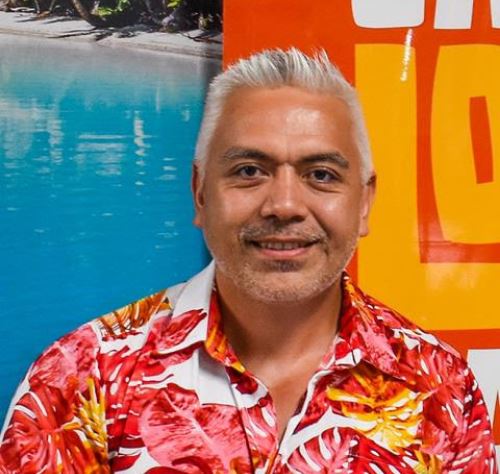Permit extension approved ‘without oversight’: TVOM
Friday 2 December 2022 | Written by Matthew Littlewood | Published in Environment, National

An environmental advocacy group is concerned a permit for a major water project has been renewed ‘without oversight’.
National Environmental Services (NES) director Halatoa Fua confirmed to Cook Islands News that the Rarotonga Environment Authority (REA) has approved a three-month permit extension for the Water Treatment Plan Onsite Discharge project at the 10 Te Mato Vai drinking-water treatment facilities.
The permit conditions remain unchanged. The permit authorises the dosing of coagulant, the short-term containment of sludge in onsite ponds, and the release of chemically-treated water (supernatant) into streams.
“This will allow NES to gather all pertinent information, data and analysis and obtain technical advice on the environmental impacts to provide proper due diligence and advice to the REA,” Fua said.
Te Vai Ora Maori (TVOM) technical director Andy Kirkwood is disappointed with the announcement.
“We have sought clarification from NES regarding the extension. NES are required to ‘prevent, control and correct the pollution of air, water, and land’. Granting a three-month permit extension does not seek to correct the offending behaviour of the water authority,” Kirkwood said.
TVOM made a presentation to the NES the week prior to the permit extension showing storage ponds to be overfull, unmanaged discharge, sludge overflow, and ad-hoc drying platforms constructed alongside natural waterways.
“A three-month extension seems arbitrary,” Kirkwood said. “We’re entering the cyclone season, and the fate of the sludge has been a constant concern. If the system itself is at fault, it must be raised within the final defects period.”
“The material that was presented to NES is not of a technical nature, sludge stretches across the Avana streambed. I’m surprised that the members of the REA would simply extend the permit and leave the conditions unchanged.”
TVOM chair Justine Flanagan has said the group previously advocated that changes be made to the Te Mato Vai system to minimise residuals.
“The catchment valleys are proposed biodiversity protection areas. Draining to Rarotonga's streams is unsustainable: pollutants are entering natural waterways. Investigation is needed, and corrective measures implemented,” Flanagan said.














































